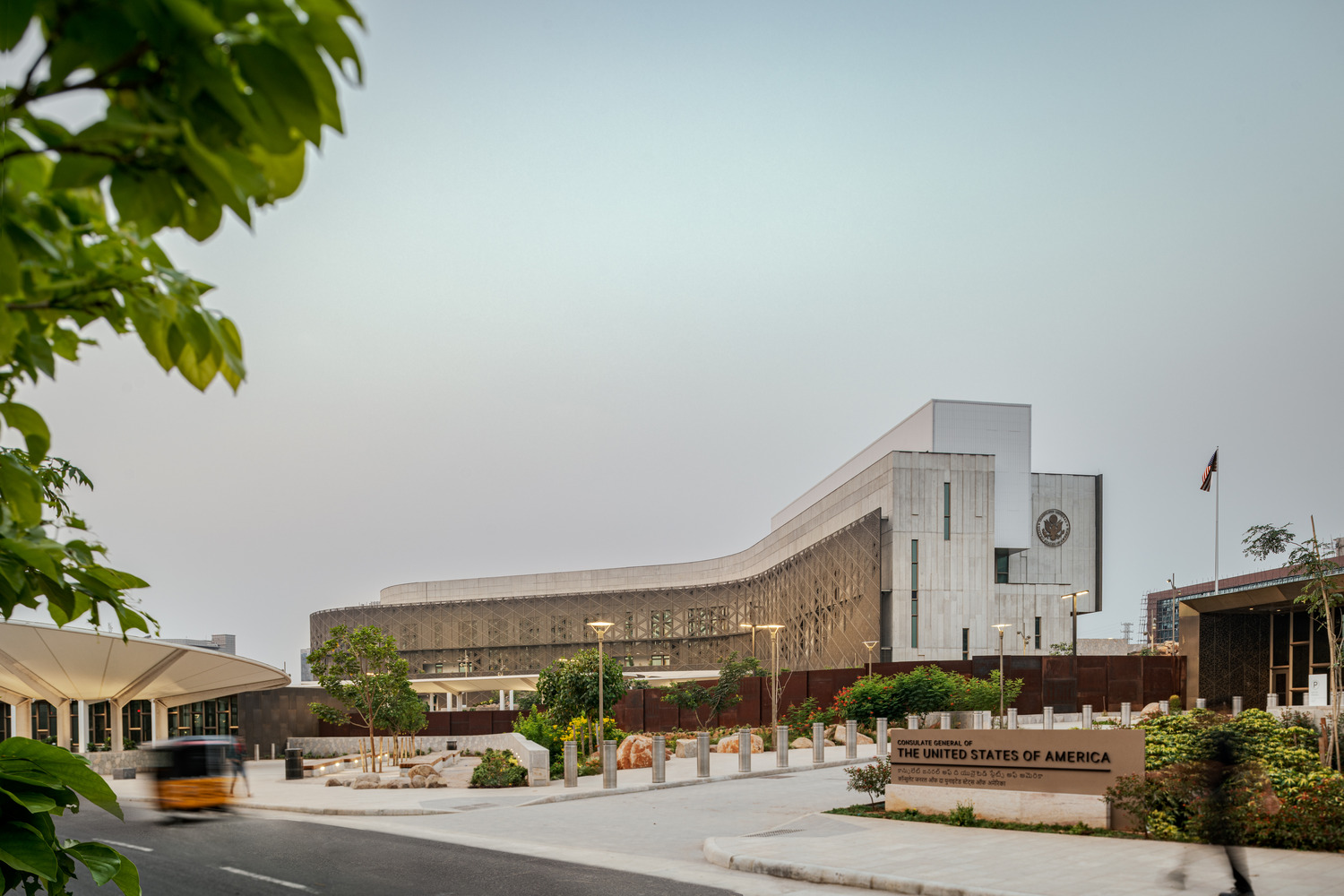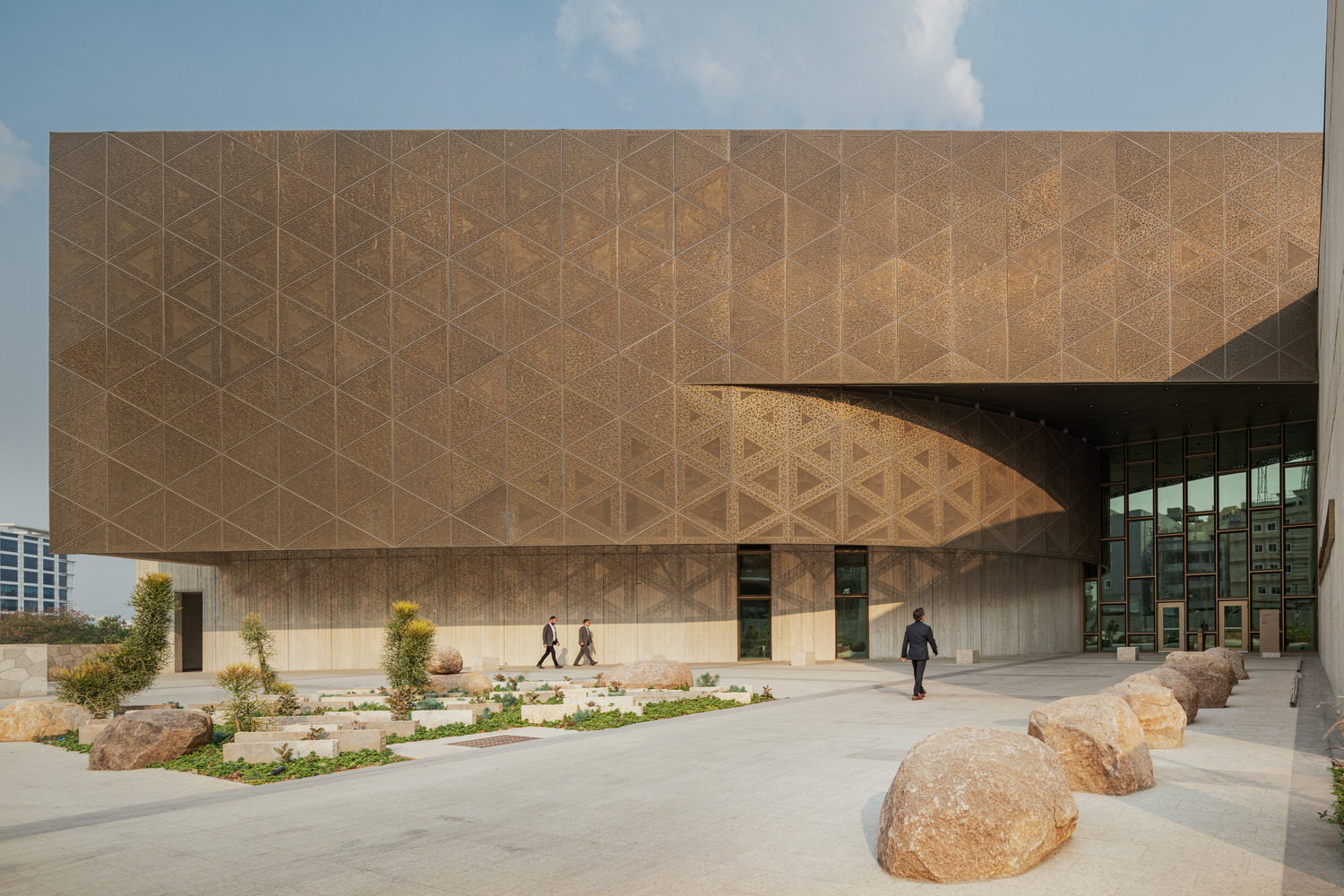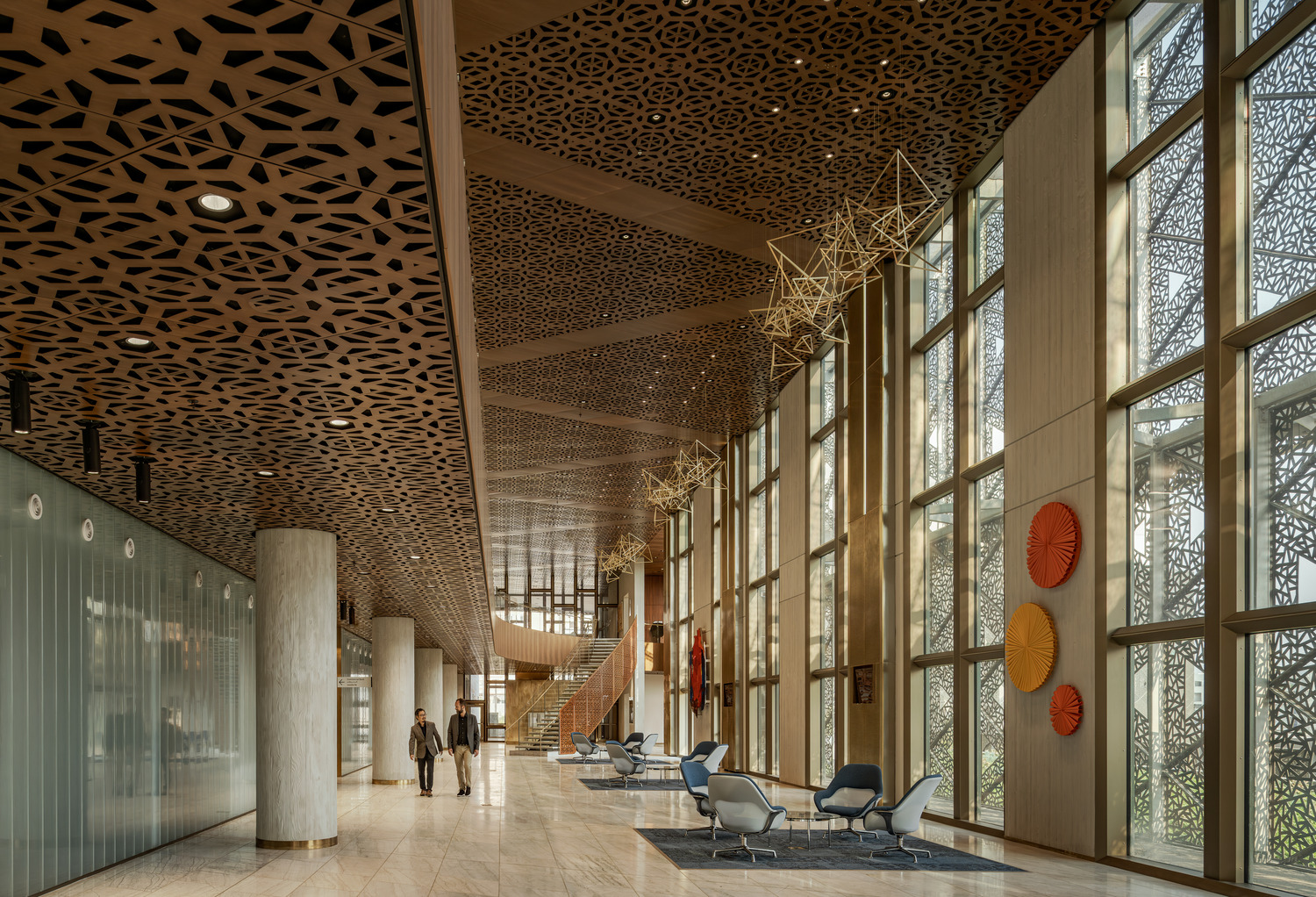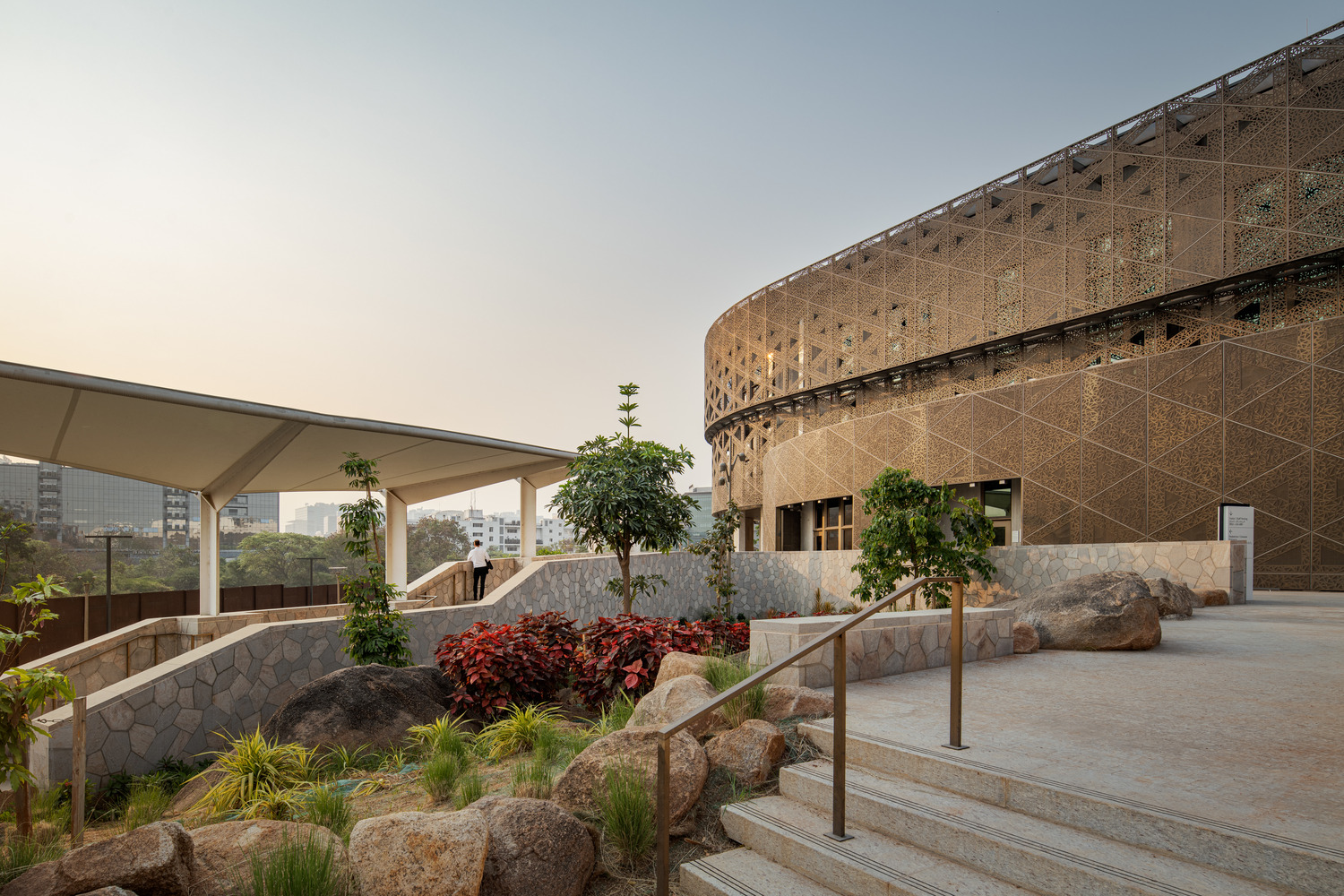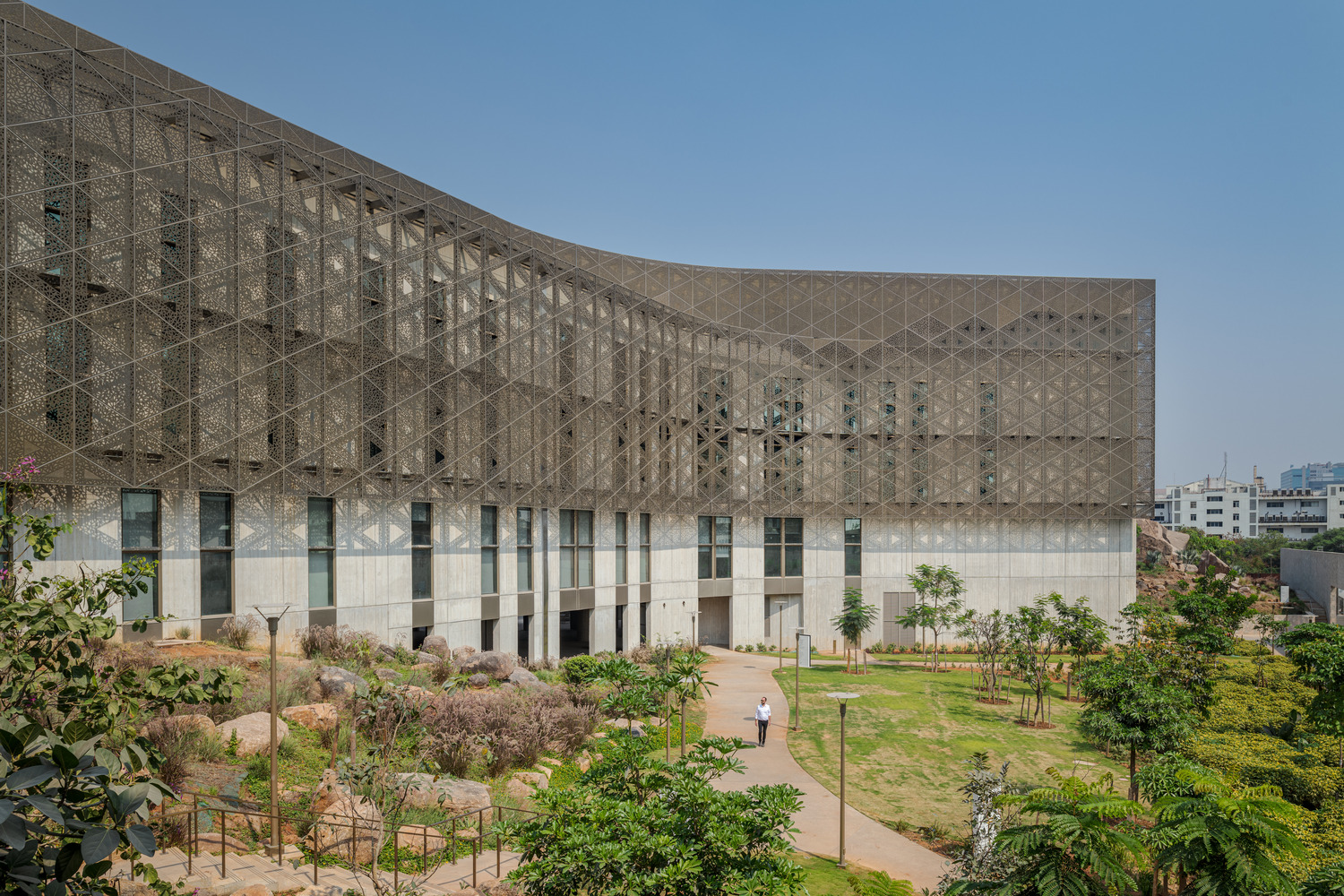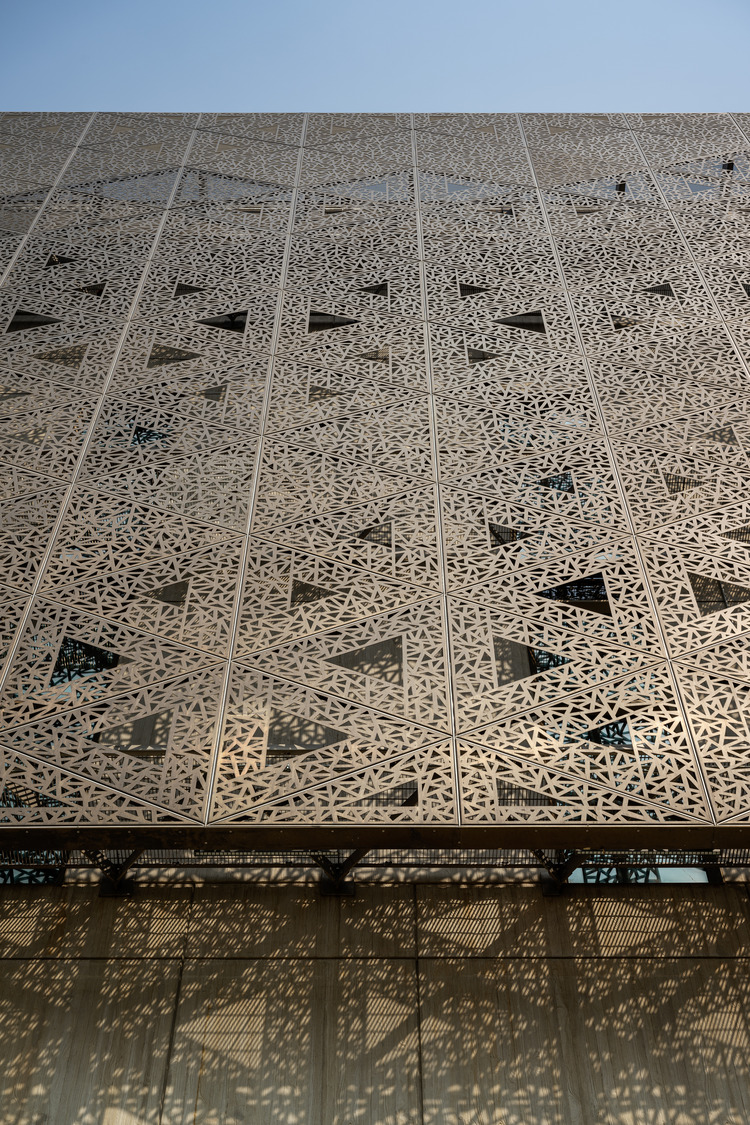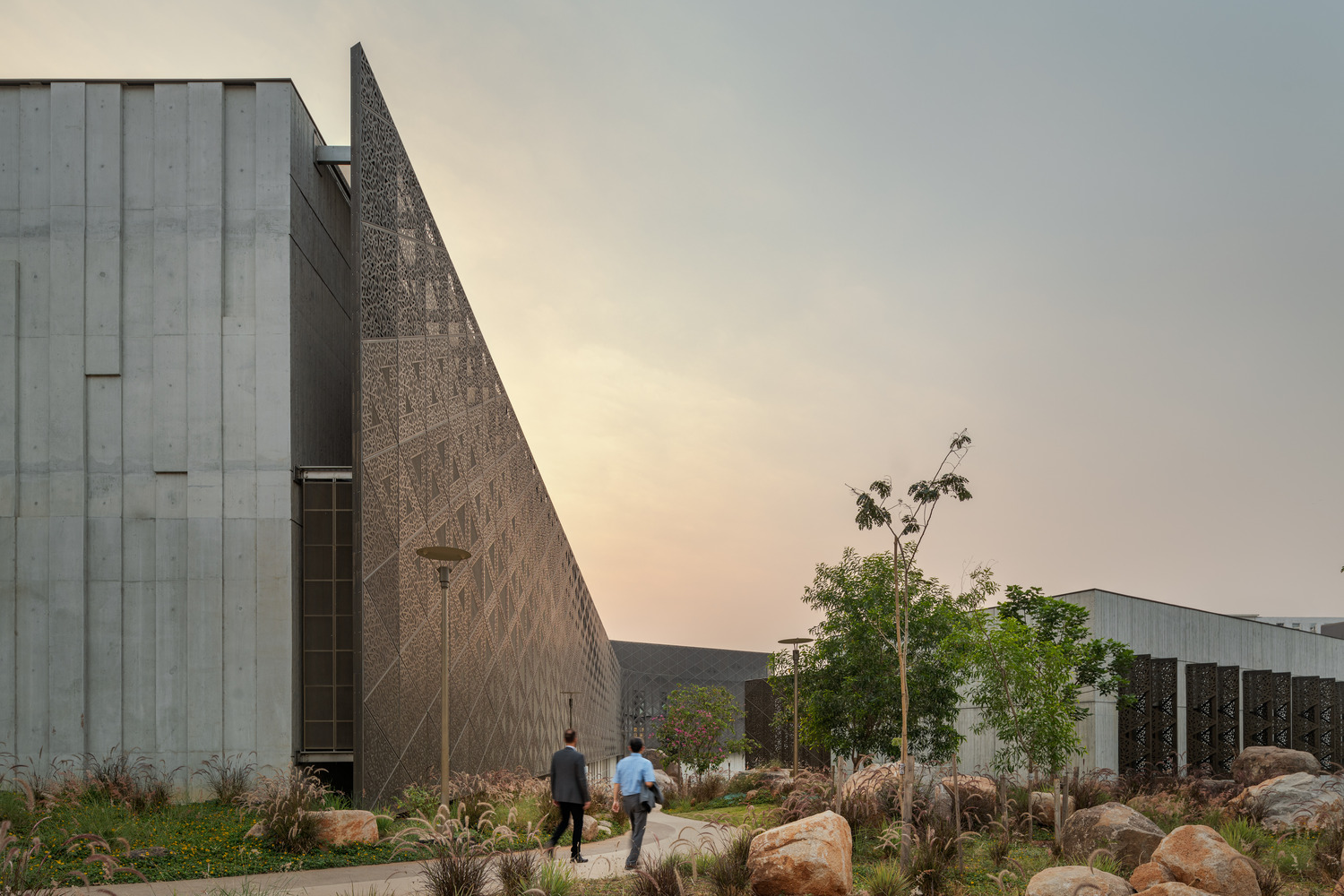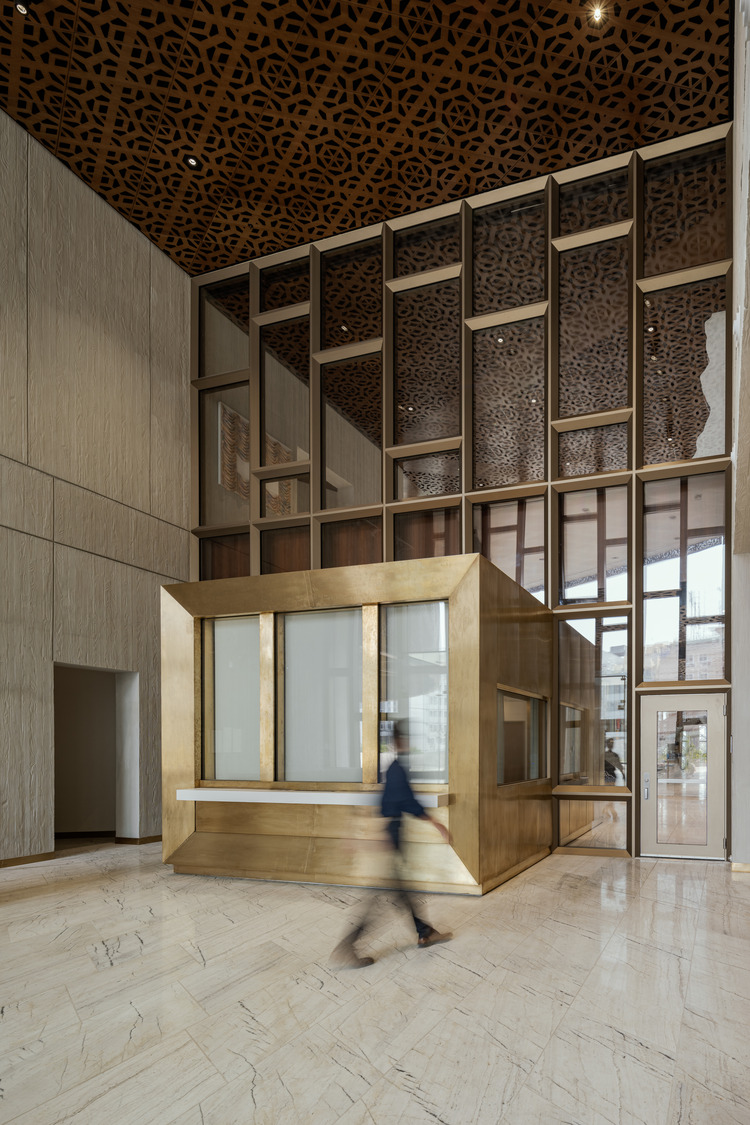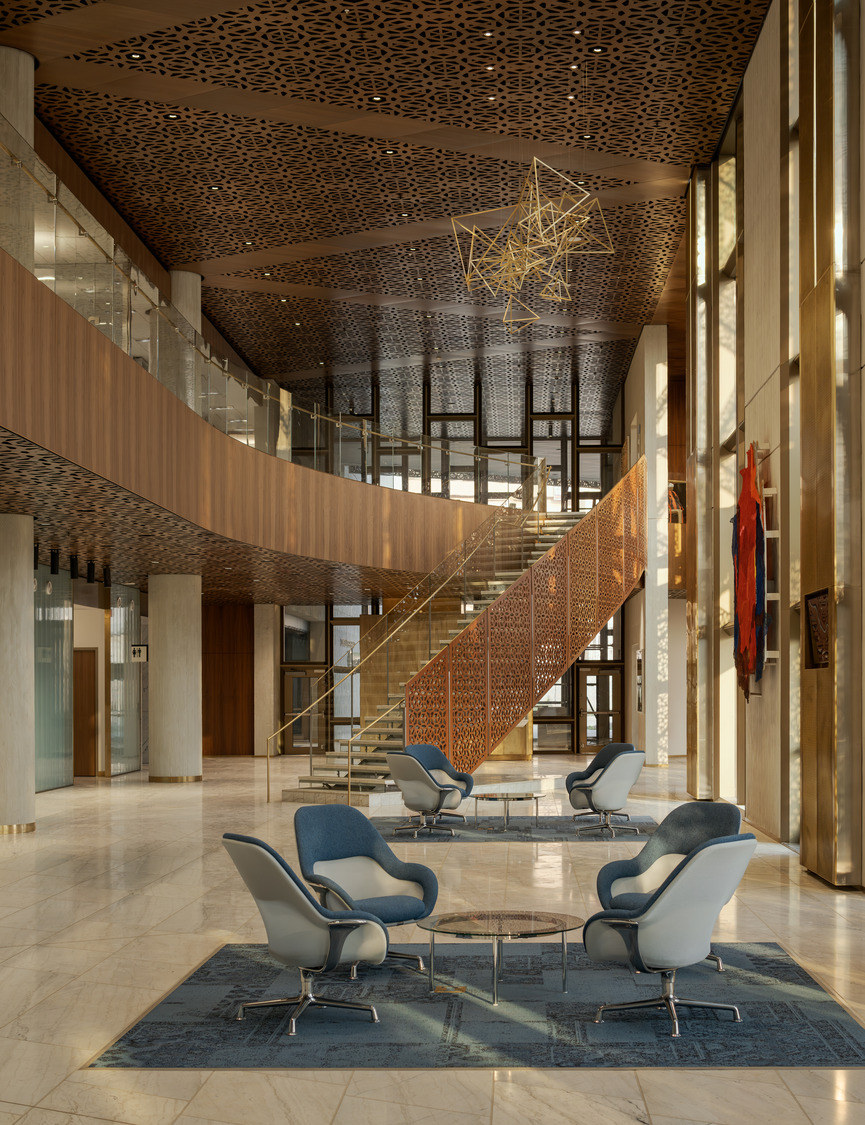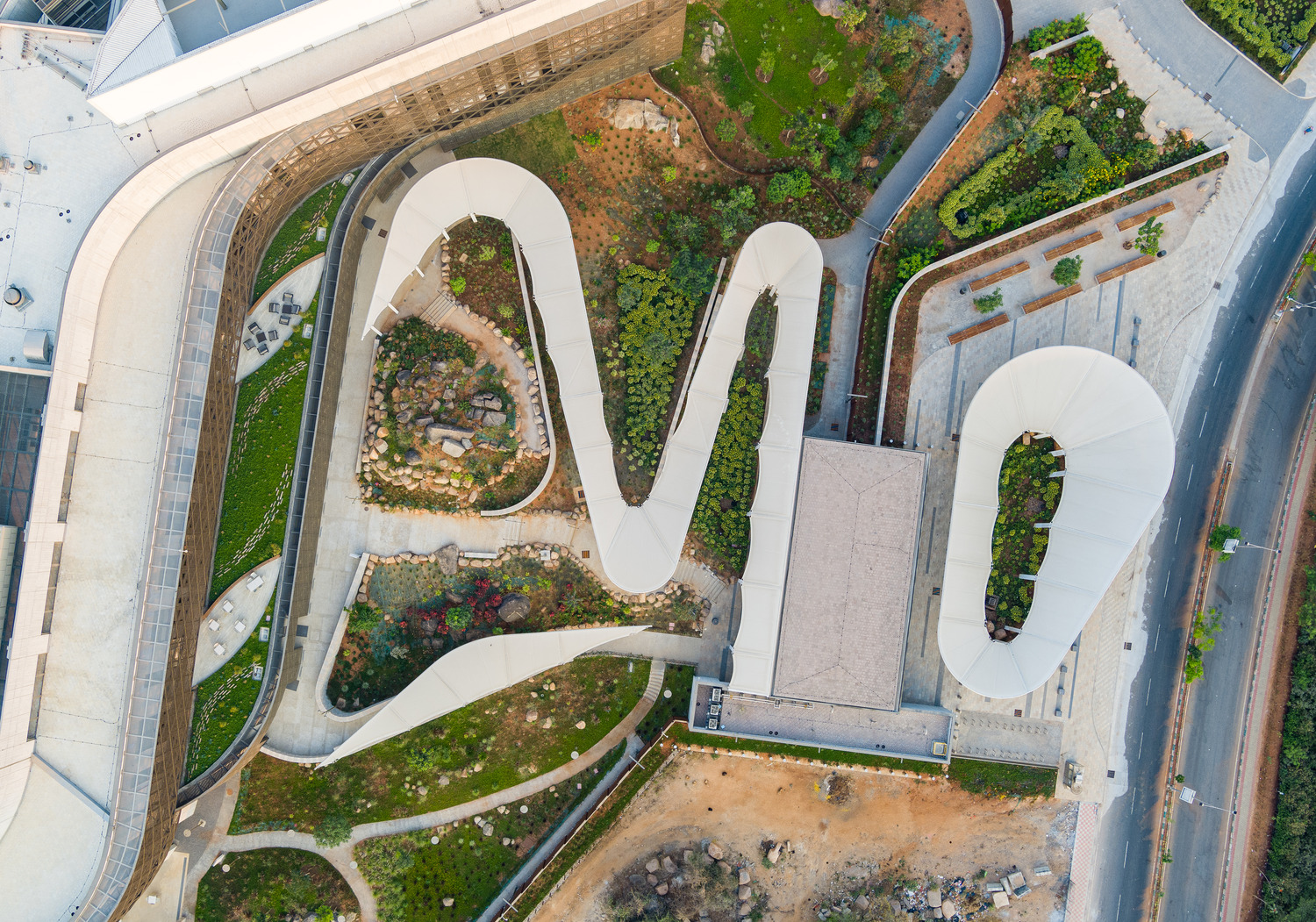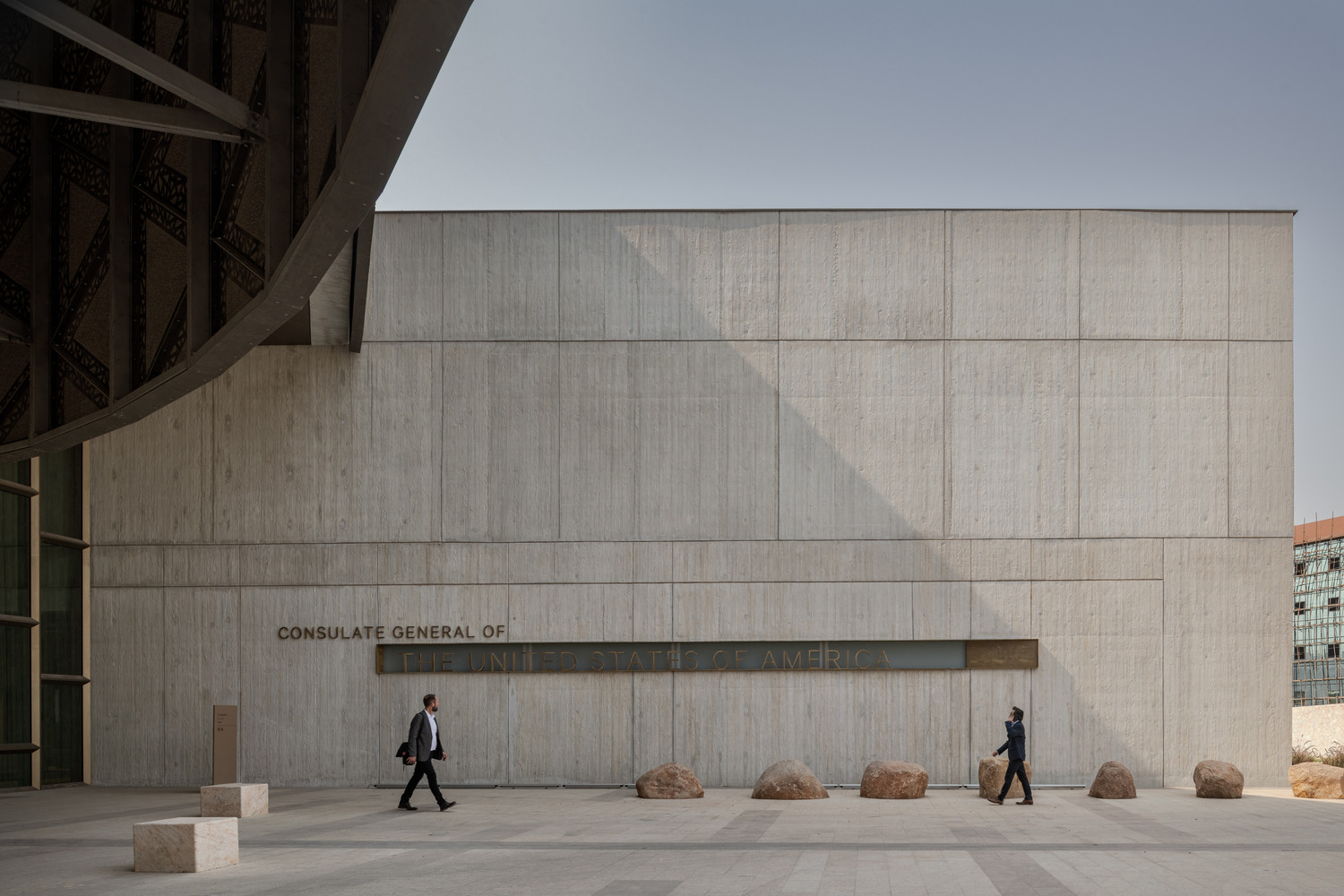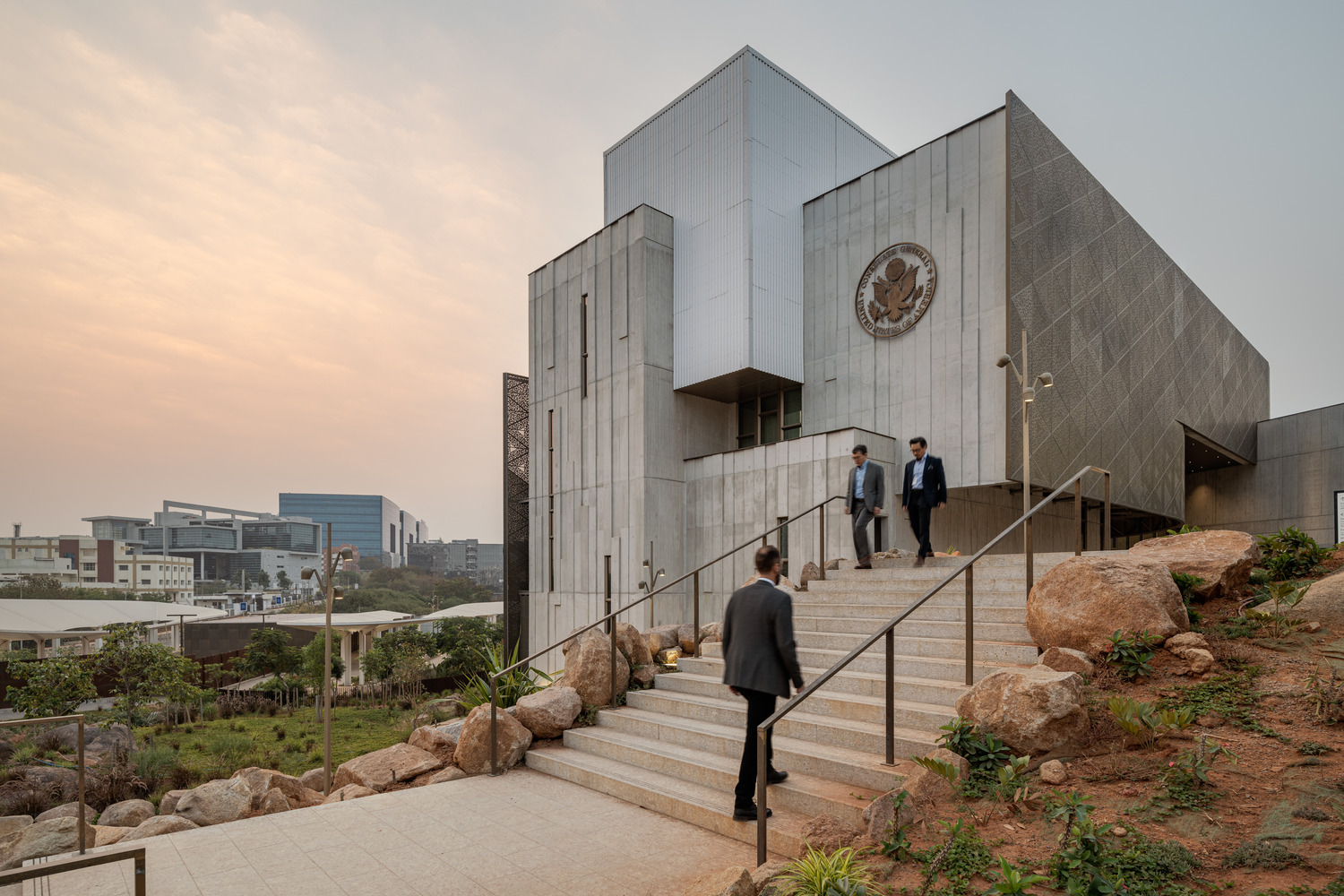Aspiration & Achievement
Design that responds to the functional and security needs of the consulate as well as environmental and social factors that convey the ideals, principals, technical innovation and design leadership of the United States.
RECOGNITION
AIA Architecture Award
Architect Magazine - Architecture Merit Award
Architizer A+ Awards - Institutional / Government and Civic Buildings
Green GOOD DESIGN Sustainability Awards
AIA Arizona Distinguished Architecture Citation Award
IIDA Interior Design Award
ABC Construction Award
Archello Awards Longlist – Government Building of the Year
LEED Silver

“It was both challenging and rewarding to work on this important building. Being part of the integrated team responsible to understand the meaning of every intricate detail and have the awareness to uphold the intent of the concept through to construction led to a grand design at completion. This project and my mentors really guided my career – from how I communicate and collaborate to the many lessons learned.”
Megan Onley
Senior Associate | Interior Designer, NCIDQ
PROJECT DETAILS
The design of this new U.S. Consulate General embodies the dynamic fusion of diplomacy, sustainability, and cultural sensitivity.
The building harmoniously integrates modern functionality with the rich legacy of its surroundings, set against a dynamic landscape characterized by marked rocky formations on a steep slope. The design concept draws inspiration from the spinning wheel of the weaver, a symbol of independence in India. Building forms carefully weave through imposing natural rock formations, continuously linking the high and low margins of the challenging hillside site. This approach respects the cultural significance of the landscape while ensuring functionality and security. The path to the main entry evokes the historic ascent to the Golconda Fortress—a local landmark that looms majestically over the city. This approach creates an urban oasis within a rapidly developing commercial context, reinforcing the consulate’s role as a sustainable and culturally respectful presence.
The entire design process was guided by a deep respect for local culture and heritage. This is evident in every detail, from the intricate latticework of perforated brass, honoring local craftsmanship and traditions while also controlling light and views, to the incorporation of local textile methods and materials in walkway patterns. The consulate uses a material palette that reflects the traditional colors and textures of the area’s built environment, juxtaposing with the ruggedness of the site. The use of local stone, native wood, and indigo hues further connects the campus to its surroundings, fostering a welcoming sense of place and community and a building that resonates with the spirit of Hyderabad.
Beyond its aesthetic appeal, the consulate embodies functionality and resilience. The design prioritizes security and operational efficiency while providing a flexible, supportive workplace for embassy staff. Cast-in-place white board-form concrete, chosen for its strength and regional resonance, enhances the building’s durability and resilience in Hyderabad’s semi-arid climate. The consulate is targeting a minimum of certification and incorporates photovoltaic arrays, rainwater harvesting, and climate-appropriate landscaping exemplifying its dedication to sustainability and environmental responsibility. Beyond functionality, the consulate serves as a cultural connector, bridging U.S. and Indian artistic expressions through a curated art collection that fosters a dialogue of shared values, enriching the visitor experience and deepening the cultural ties between the two nations.
Breaking ground on the 70th anniversary of U.S.-India relations, the consulate symbolizes the deepening bond between the United States and the region of India it serves. Exemplifying a forward-thinking approach to diplomacy, the consulate stands as a symbol of U.S. commitment to mutual understanding and partnership ensuring a safe, secure, and inspiring environment for both visitors and staff.
Designed in association with Richärd + Kennedy Architects; Integrus was architect-of record.
